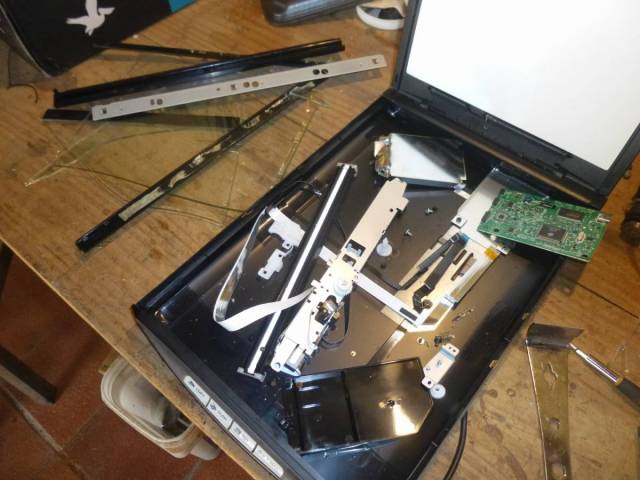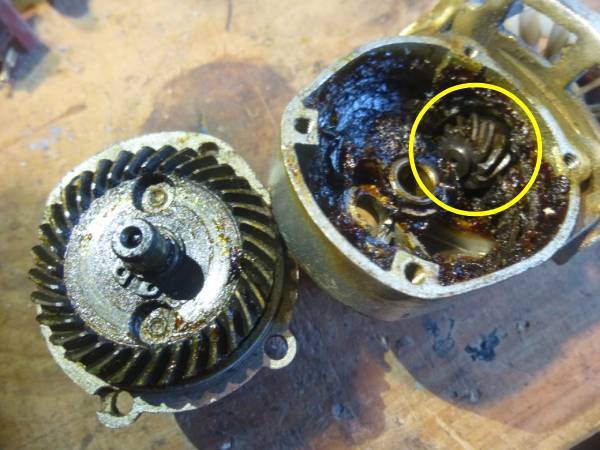
I almost never discard anything complex without trying to take it apart and learn something from it. Non-destructively, if possible.
When my 13-year-old scanner abruptly stopped working, I quickly discovered it would not be coming apart without a fight. There’s essentially nothing you couldn’t see just by looking through the glass, so no real surprises, other than the motor being remarkably small – barely wider than a pencil.
The main thing I learned, though, was that this was designed to NEVER be taken apart – the way the glass was sealed … and then it struck me: of course not. It was assembled in a dust-free environment and it was essential that no dust ever had a chance to get inside!









